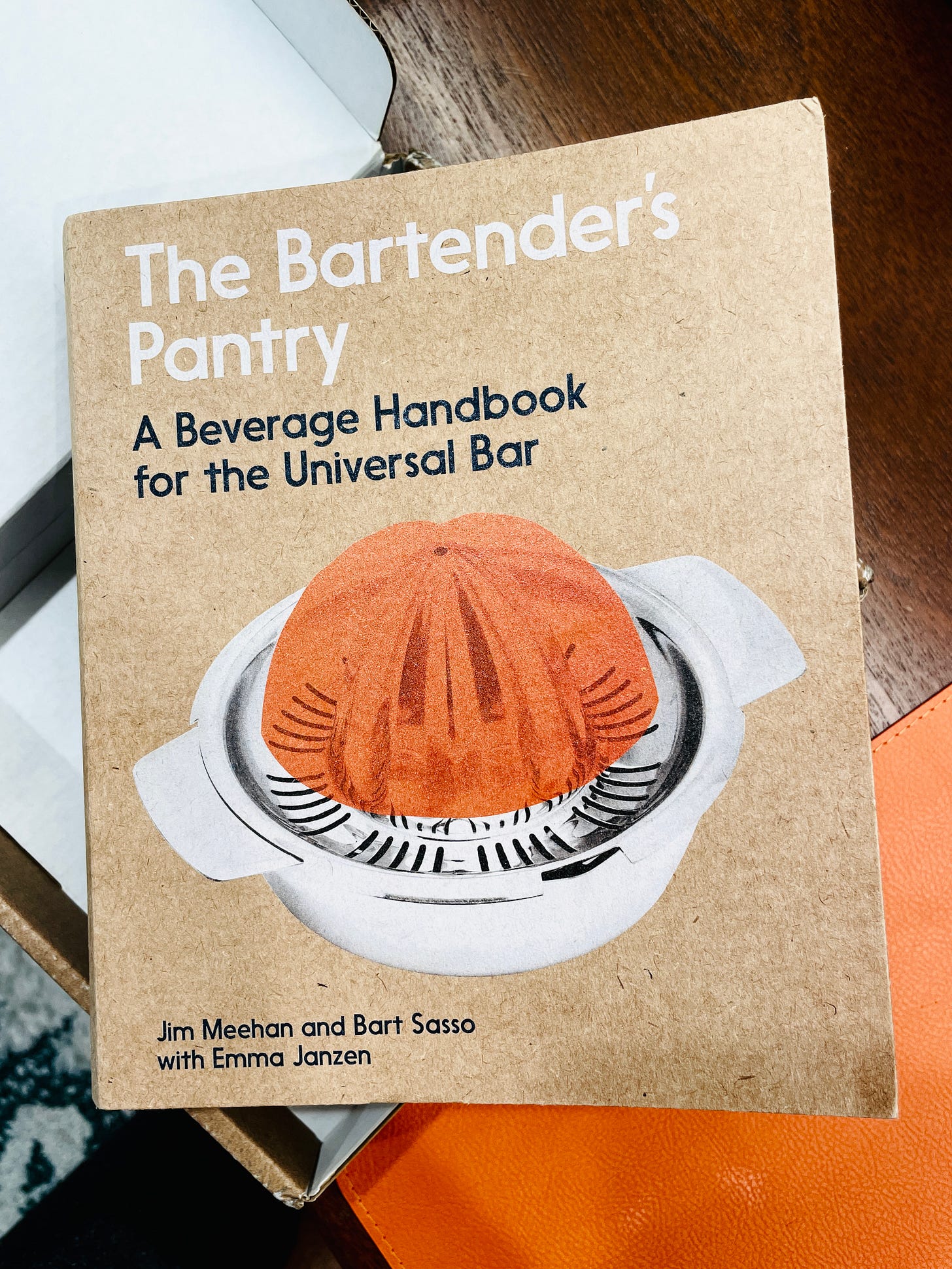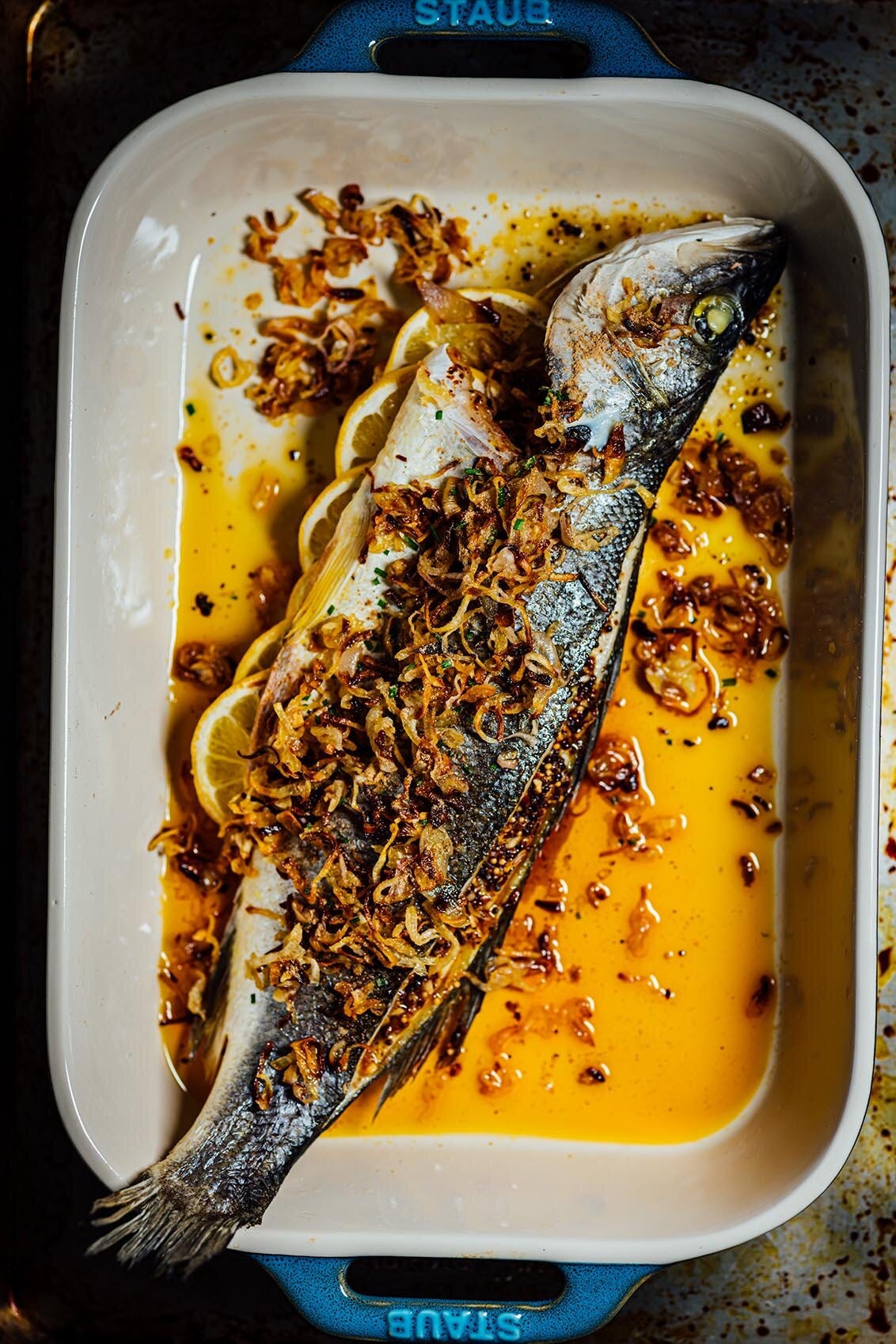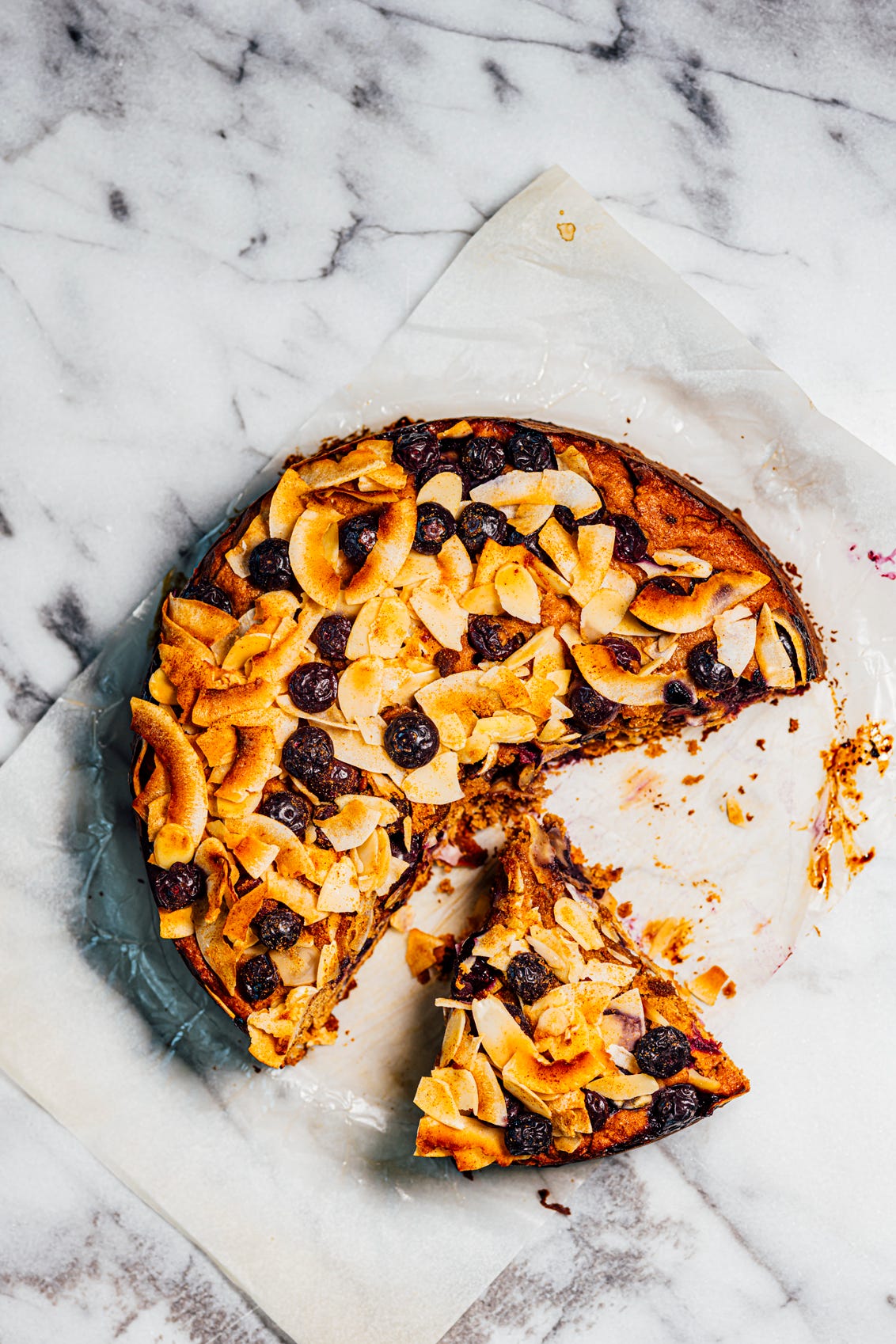Experimenting with Date Sugar
Plus What is Mustard Oil
Welcome to The Flavor Files, a newsletter that explores the intersection of science and food. You’ll receive a new recipe, links to more recipes, food and science news, and more each week.
If you’d like to learn more about the different Subscription options available, click here.
📗 My new cookbook, Veg-Table, is available to order wherever books are sold. You can get your copy here. The book focuses on the science of vegetables and includes 100 recipes for cooks at different skill levels, with several tips and tricks to make your cooking easier and fun.
If you own a copy of the book, please leave a review on Amazon (regardless of whether you bought it there). Reviews on Amazon make books more visible to people.
🙏🏾 I appreciate your support!
Hello Friends,
My mom and family are off on the next portion of their USA tour, which will take them to the Southern States and the East Coast. Before they left, we took them to places like Huntington Gardens, The Santa Monica Pier, and other touristy destinations. They’ll love NYC and New Orleans a lot, but let’s see when they report back.
Have you heard of algae oil, or more specifically, algae-synthesized oil? A few months ago, while visiting The Culinary Institute of America, I was fascinated to learn that algae are now being fed a diet of sugarcane to make oil! The algae convert the sugar into oil during fermentation, which is then collected. These algae-fed cooking oils utilize fewer resources than other common cooking oils during production, making them an attractive option. The brands I’ve tried were flavorless, which makes them good candidates for all-purpose applications, and even though they have high smoke points, I wouldn’t recommend using them for frying, deep-frying, or applications where you need to use a large quantity because they’re still more expensive than the frequently encountered cooking oils in grocery stores. I will watch this one for a bit and see how it takes off; it’s very promising.
I’ve got a new book alert this week: I’m thrilled to share The Bartender’s Pantry by Jim Meehan and Bart Sasso with Emma Janzen. I wrote a blurb for the book, so I’ve had the opportunity to read it early on and found it intriguing. Here’s why: even if you don’t drink alcohol, you can tweak the recipes to make them fit your needs, but this is also a good book to learn how to pair different flavors and pull some inspiration into your recipes.
Some non-cooking related things I think you might enjoy
For all my true crime TV fans, I think you’ll enjoy this fascinating podcast with Dr. Sheila Willis. Check it out on The Life Centric.
The Antipodes Map has been fun to guess and use to determine where we’d end up if we drilled an imaginary tunnel from one location on the planet through the center of our planet.
We haven’t done this in a while, so let’s hop on a Substack chat tomorrow and catch up. I'll take your questions live tomorrow, June 1st, from 12 to 12:30 pm. Let’s share our favorite kitchen tips and hacks. This will be helpful if you’re new to Substack and haven’t used the chat feature. The chat will be open to both free and paid subscribers.
How to get started
Get the Substack app by clicking this link or the button below. New chat threads won’t be sent sent via email, so turn on push notifications so you don’t miss conversation as it happens. You can also access chat on the web.
Open the app and tap the Chat icon. It looks like two bubbles in the bottom bar, and you’ll see a row for my chat inside.
That’s it! Jump into my thread to say hi, and if you have any issues, check out Substack’s FAQ.
See you tomorrow!
xx
Nik
🥕🥕🥕 My NEW COOKBOOK, VEG-TABLE, is now named a Best Cookbook of 2023 and is available worldwide! Please check it out, and thank you for your support. If you have a moment to spare, please leave a review for Veg-Table on Amazon, Barnes and Noble, Waterstones, or the many indie bookstores where you purchased the book. Thank you!
What’s the Deal with Mustard Oil?
Mustard oil is one of those supposedly controversial ingredients because there’s no clear consensus on the research. In this short video, I explain more and share options for incorporating it into your cooking. To get a sense of how it plays out with seafood, use it to make this Branzino with crispy shallots and a cucumber salad with mustard oil at Serious Eats that you can try out. If you own a copy of The Flavor Equation cookbook, make the Indian-Style Mayonnaise from the Pantry Essentials chapter (I love it in summer with tomato sandwiches).
Here are a couple of extra tips when working with mustard oil;
If you find the wasabi flavor of the oil a bit intense, I recommend making a half-and-half dilution using extra-virgin olive oil.
While creating my mustard oil-based mayo recipe for The Flavor Equation cookbook, I noticed that an emulsion made with this oil tasted bitter, like olive oil. This made me suspicious, and I wondered if mustard oil also contains polyphenols, which might contribute to the bitterness in emulsions. Fortunately, I’d already developed the method for debittering olive oil for emulsions, and it was fortuitous that the method worked perfectly well for mustard oil, too! Whisk in boiling water to eliminate the bitterness; the wasabi flavor will remain.
Experimenting with Date Sugar in Baking
After a few of you asked me about using natural sweeteners in baking, I decided to try some of them and see how they behave in my recipes. I’ve been experimenting with natural sweeteners and whole-grain flour, so this cake recipe is more of an experiment. I’m curious to know your thoughts on it should you decide to make it. The cake is filled and topped with ripe, sweet blueberries, nutty, fragrant slices of coconut, and crunchy thin slices of almonds. This cake was an experiment in taste and texture.







